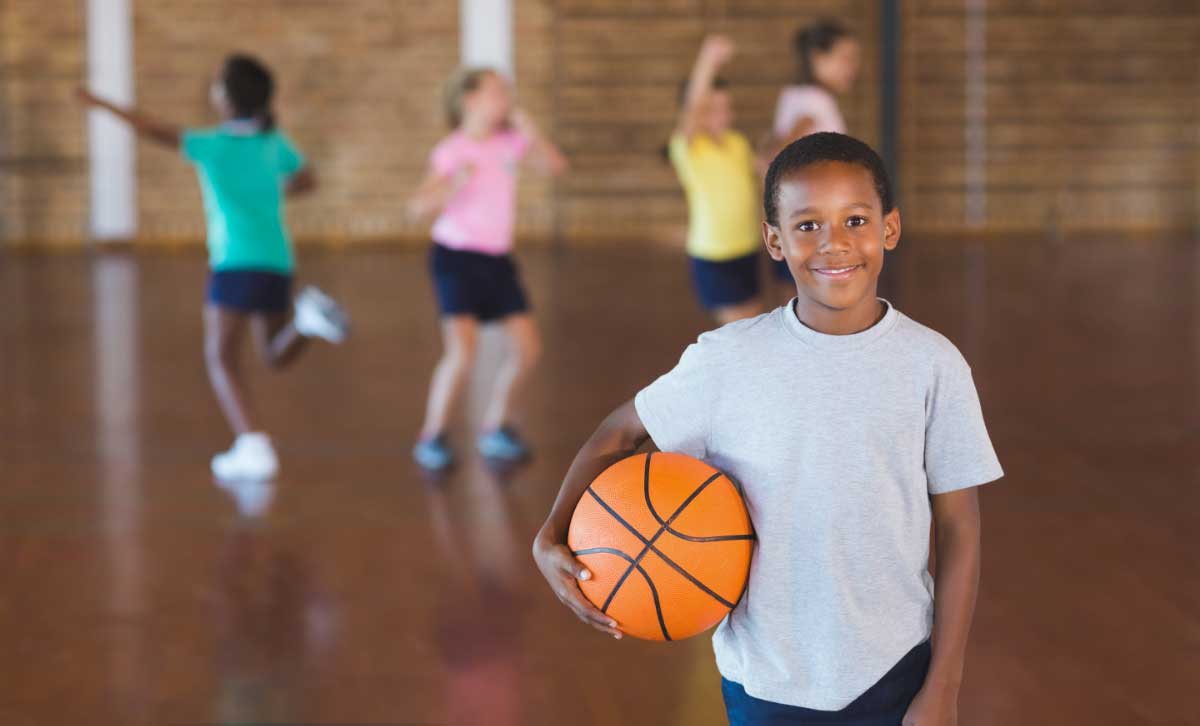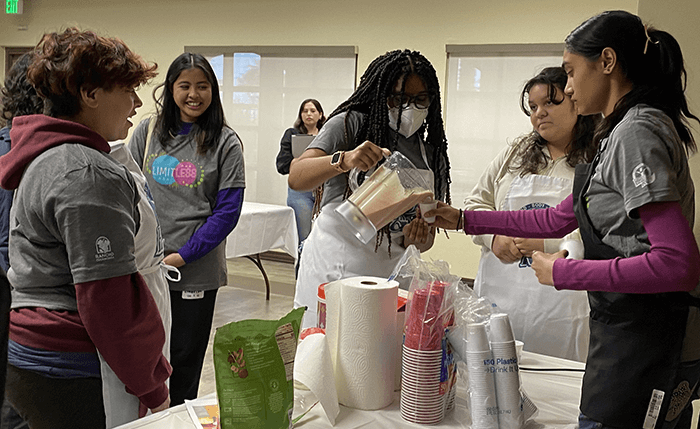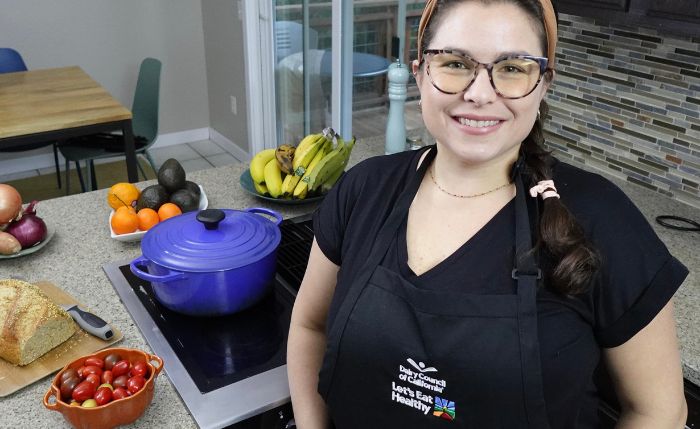By: Sonia Fernandez-Arana, MA

Over 6 million children are currently enrolled in California schools, which provide an environment for children to learn and access nutritious foods. In addition, many children are able to participate in school-based programs to improve their health. Physical Education, or PE, which has long been integrated into traditional school days, provides an opportunity to implement nutrition education aimed at teaching children how to make healthy food choices.
Research directly links the health of students to academic achievement. Positive academic behavior, which includes attendance, organization, planning and impulse control, are important to achieving success in the classroom, and are influenced by students’ physical activity and dietary habits. Other important research on the impact of nutrition and physical activity on academic achievement includes:
By collaborating with physical education teachers to promote nutrition in schools, teachers can give students the opportunity to learn and practice healthy eating habits, building a foundation for good health that can be sustained through adulthood. Teaching children how to make healthier food choices empowers them to choose foods that are nourishing and nutritious, which supports optimal growth and development as well lifelong health.
Testimonials from the Field
In February 2020, Sonia Fernandez Arana and Morgan Carey, Community Nutrition Advisers at Dairy Council of California, exhibited and presented the session, Infusing Nutrition into Physical Movement, to physical education and health educators at the California Association for Health, Physical Education, Recreation and Dance (CAHPERD) Conference. Aimed at educators across the United States, their session highlighted how two Northern California PE teachers use Dairy Council of California’s nutrition education curriculum to empower their students to better health.
“Nutrition gives kids the tools to succeed early on in life by teaching them that food is fuel,” said Chris Tamez, an elementary PE teacher in Folsom Cordova Unified School District. “Teaching the importance of healthy eating habits as part of physical education sets students up for success. As my students learn how to build the foundation for good health, which requires a healthy, nutritious diet as well as adequate amounts of physical activity, the impact is visible and reflected in the change of attitude and behavior of students.” Mr. Tamez credits his success with his students to having access to free, grade-specific, science-based nutrition curriculum that aligns to standards while addressing the social and emotional needs of students.
Retired PE teacher and former CAHPERD President, Cindy Lederer shared her experience with teaching nutrition. “As physical education evolved, Dairy Council of California’s nutrition materials were a great way to address assessment and physical literacy. Resources like the food picture cards are a great tool to reinforce food group knowledge through active games. I was excited about giving my students nutritional information and would often hear from parents as the content found its way home. Most of all, I love the way the Dairy Council of California readily takes input from educators about what works and what doesn’t with their materials. The resources are easy to use and very grade-level appropriate.”
Sharing the successes of Mr. Tamez and Ms. Lederer gave conference attendees the opportunity to learn about the benefits both educators and students receive when nutrition is taught alongside physical education. They also saw how easily the curriculum and school-based resources can be integrated without displacing vital instructional minutes. Including nutrition education in PE programs is a strategy districts and educators can easily invest in to empower students to make healthier choices and build a foundation for good health.
Dairy Council of California’s nutrition curriculum and resources are available to California educators at no cost and can be tailored to meet classroom needs. Resources include a Teacher Guide, Student Workbooks and supplemental tools, Food Picture Cards and Posters. Resources also provide educators with essential nutrition background information, providing them the expertise and information they need to confidently facilitate discussions, lead lessons and direct activities structured to reinforce 21st century learning skills and support SEL. Student Workbooks serve to provide accountability for individual learning and offer family connection newsletters. To get started, educators can visit HealthyEating.org.

Sonia Fernandez-Arana, MA
Sonia Fernandez-Arana, MA
Sonia is the Let’s Eat Healthy Program Manager and leads the activation and advancement of the Let’s Eat Healthy Initiative.
In today's society, it's vital to engage teenagers in experiential nutrition education to guide them toward making nutritious food choices.

The Let’s Eat Healthy Community Grant program provides community health organizations funding to enhance programs within their communities.

Subscribe to our blog to stay up to date on the latest news, products, and more.